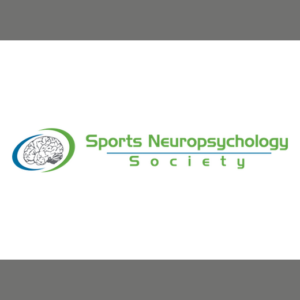Introduction:
Following a concussion, vestibular dysfunction is present in 81-88% of athletes. Dizziness, a symptom commonly associate with vestibular dysfunction is reported by more than 50% of athletes with a concussion and has been linked to worse outcomes and recovery time. Ocular saccadic and pursuit dysfunction after a concussion has been found in approximately 30% of cases. The Vestibular/Ocular Motor Screening (VOMS) is a post-concussion assessment designed to identify symptoms associated with vestibular/ocular dysfunction. Results from the VOMS may provide insight into post-concussion recovery length.
Purpose:
To evaluate the relationship between VOMS total scores, VOMS change scores and recovery time following a concussion in collegiate athletes.
Methods:
This cross-sectional study evaluated college athletes, who completed VOMS within 72 hours of a concussion diagnosis. After each component of testing, athletes rate their symptoms provocation from 0 (none) to 10 (severe) for headache, nausea, dizziness, and fogginess. VOMS total score is the sum of total symptom provocation for each VOMS component. VOMS change score is the total VOMS score of single components minus total pre-VOMS score. Recovery time is the number of days from injury to full medical clearance.
Results:
There were 63 concussed athletes (38 male, 25 female, ages 19.5 ± 1.3 years). The most common symptoms prior to VOMS assessment were headache (87%), followed by fogginess, dizziness, then nausea. The average recovery time was 13.6 ± 6.5 days (range: 5-39 days). A comparison between concussion recovery tine and toal scores for all VOMS components demonstrated a weak relationship. A weak relationship was present for pre-VOMS total scores. VOMS change scores for horizontal and vertical saccades had a significant weak relationship with concussion recovery time, suggesting that athletes who report an increased change in symptoms after these components may have a longer recovery time.
Conclusions:
Future research should utilize change scores over other VOMS scoring techniques due to its ability to account for pre-assessment symptoms.
Summary Points:
- Ocular saccadic and pursuit dysfunction are common occurrences following a concussion.
- There were significant differences in VOMS change scores for the saccadic and other components indicating that oculomotor skills are related to recovery time.
- The authors conclude that change scores should be examined over total scores to account for pre-assessment symptoms and performance.

